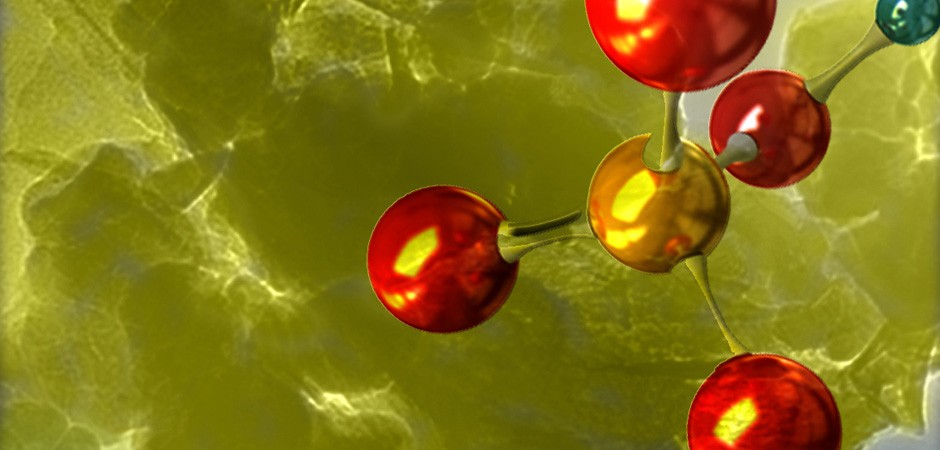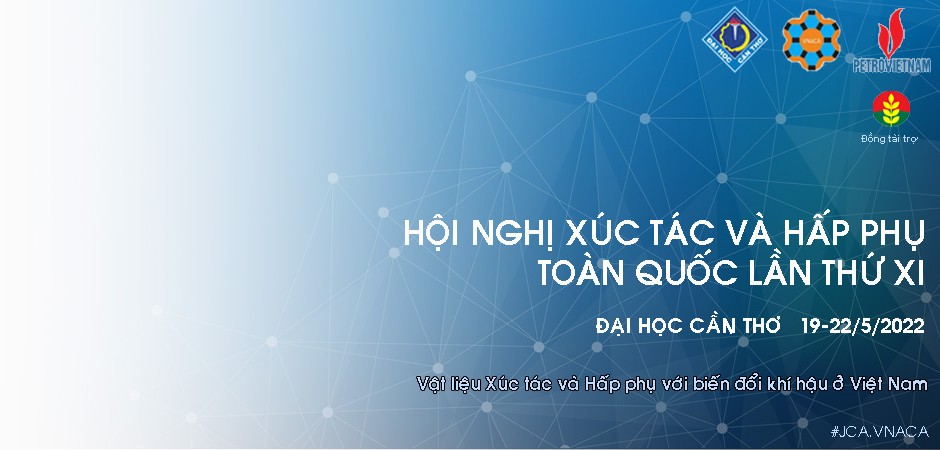
- Details
- Published on 01 January 2011
Effect of carbonization temperature on the lithium storage performances of porous Sb/C nanocomposit
Le Thi Thu Hang![]() , Nguyen Thi Thu Huyen, Hoang Thi Bich Thuy
, Nguyen Thi Thu Huyen, Hoang Thi Bich Thuy
School of Chemical Engineering, Hanoi University of Science and Technology, Hanoi, VIETNAM
, Volume 9, Issue 1, pp 114-119
ABSTRACT
In the present study, Sb/C nanocomposites have been synthesized using citrate-gel method in combination with a carbonization process at different temperatures in N2 gas. At reasonable carbonization temperatures, the porous Sb/C nanocomposites with novel foam like-interconnected three-dimensional structure, which is built-up by nanosized Sb particles covered by a carbon shell, are obtained. Among the synthesized composites, the Sb/C-600 sample, which is calcinated at 600 ºC, exhibit the best lithium storage. At a discharge-charge rate of 0.1 C, the Sb/C-600 electrode can supply an initial reversible specific capacity of 640.7 mA h g-1, 1.7 times higher than the theoretical specific capacity of graphite anode. During 100 cycles, the electrode shows a slight capacity decay with 0.0348% of loss capacity per cycle. Because of this featured architecture, the Sb/C nanocomposites severe as anode material with enhanced lithium storage performances for rechargeable lithium ion batteries.
PDF Preview

- Details
- Published on 01 January 2020
Preparation of zero valent iron nanomaterial via microfluidic device for Cr (VI) ion treatment
Đặng Trung Dũng1This email address is being protected from spambots. You need JavaScript enabled to view it., Đặng Cư Trung1, Nguyễn Thị Lệ1, Lưu Thị Hoàn, Lê Thị Thu Hằng1, Nguyễn Xuân Trường1, Nguyễn Thị Thu Huyền1, Nguyễn Văn Thư2, Lã Đức Dương3
1Viện Kỹ thuật Hóa học, Đại học Bách Khoa Hà Nội Đại học Bách Khoa Hà Nội
2Khoa Công nghệ May, Trường Đại học Công nghiệp Dệt May Hà Nội
3Viện Hóa học – Vật liệu, Viện Khoa học và Công nghệ Quân sự
, Volume 9, Issue 1, pp 120-125
ABSTRACT
In this study, iron nanomaterial was synthesized by a reaction between FeCl3 and NaBH4 using microfluidic device as a microreactor which is prepared by photolithography and soft molding processes. Morphology and structure of the as-prepared nanomaterial was characterized by scanning microscope and X-ray diffraction analysis methods. The collected product is zero valent iron material with the morphology is nano-sheet with the thickness is approximatly 50 nm. Hexavalent chromium ion from K2Cr2O7 solution could be removed by the as-prepared iron nanomaterial. The removal of ions Cr(VI) is determined and confirmed by the visible ultraviolet (UV-Vis) absorption spectroscopy which is proportional to the amount of nanomaterial used and is influenced by pH conditions.
PDF Preview

- Details
- Published on 06 August 2020
Electrocatalytic activity for dopamine of silver nanoparticle onto graphene/poly(1,8-diaminonaphthalene) electrodes
Giáp Văn Hưng1, Nguyễn Lê Huy1, Bùi Thị Hồng Vân1, Nguyễn Tuấn Dung2, Nguyễn Thị Tuyết Mai1This email address is being protected from spambots. You need JavaScript enabled to view it.
1Viện Kỹ thuật Hóa học, Trường Đại học Bách khoa Hà Nội
2Viện Kỹ thuật Nhiệt đới, Viện Hàn lâm Khoa học và Công nghệ Việt Nam
, Volume 9, Issue 1, pp 109-113
ABSTRACT
In this research, we report on the synthesis and electrochemical characterization of a poly(1,8-diaminonaphthalene)/graphene composite film which is capable to adsorb Ag+ ions toward to the dopamine sensing application. The present of graphene significantly improved the structural morphology and electrochemical activities of the pristine polymer, the adsorption capacity for Ag+ ions and the conductivities of the composite were enhanced. The graphene/poly(1,8-diaminonaphthalene)-Ag modified glassy carbon electrode was used to the ability of electrocatalytic activity dopamine in phosphate buffer solution by differential pulse voltammetry. The results open up the path for designing other dopamine sensing based on our novel approach.

- Details
- Published on 06 August 2020
Synthesis of graphene aerogel materials by hydrothermal method without the use of reducing agents
Phan Thị Chuyên, Vũ Thị Thu HàThis email address is being protected from spambots. You need JavaScript enabled to view it.
Phòng Thí nghiệm trọng điểm công nghệ lọc, hóa dầu - Viện Hóa học công nghiệp Việt Nam
, Volume 9, Issue 1, pp 104-108
ABSTRACT
Graphene Aerogel (GA) is the lightest material in over the world. This material has high surface area with many layers of single graphene and has potential applications for adsorption, catalysis and storage. In this study, graphene aerogel materials were successfully synthesized by environmentally friendly hydrothermal methods without the use of reducing agents and were dryed by supercritical CO2 to avoid secondary environmental pollution. The obtained GA materials were characterized by Brunauer- Emmett- Teller (BET) surface area measurements, scanning electron microscopy (SEM), Raman spectroscopy. Results showed that with hydrothermal time of 5 hours and GO concentration of 2,5 mg/mL, GA material has highest surface area of 941 m2/g and lowest density of 0,0226 g/cm3.
PDF Preview

- Details
- Published on 06 August 2020
Study on synthesis of mesoporous carbon from MOF-199 metal-organic framework as potential adsorbent
Duy Anh NguyenThis email address is being protected from spambots. You need JavaScript enabled to view it., Duc Duong La, Ngoc Tuan Truong, Thanh Bac Le, Van Phuoc Mai, Tuan Anh Doan
Institute of Chemistry and Materials, Cau Giay, Hanoi, Vietnam.
, Volume 9, Issue 1, pp 100-103
ABSTRACT
Porous carbon material is one of the most common and very important for various applications thank to its high surface area and adsorption capability. In this study, mesoporous carbon was prepared by thermal decomposition of copper-based metal-organic framework MOF-199 under inert atmosphere and followed by immersing in diluted HNO3 solution in order to remove metal/metal oxide and activation of the resultant porous carbon. Scanning electron microscopy (SEM) revealed that as-prepared material remained intact octahedral morphology of pre-pyrolysis MOF structure, and product has spongy structure with specific surface area of 375 m2/g as measured using N2 adsorption isotherm (BET), which can be employed as an effective adsorbent.
PDF Preview















